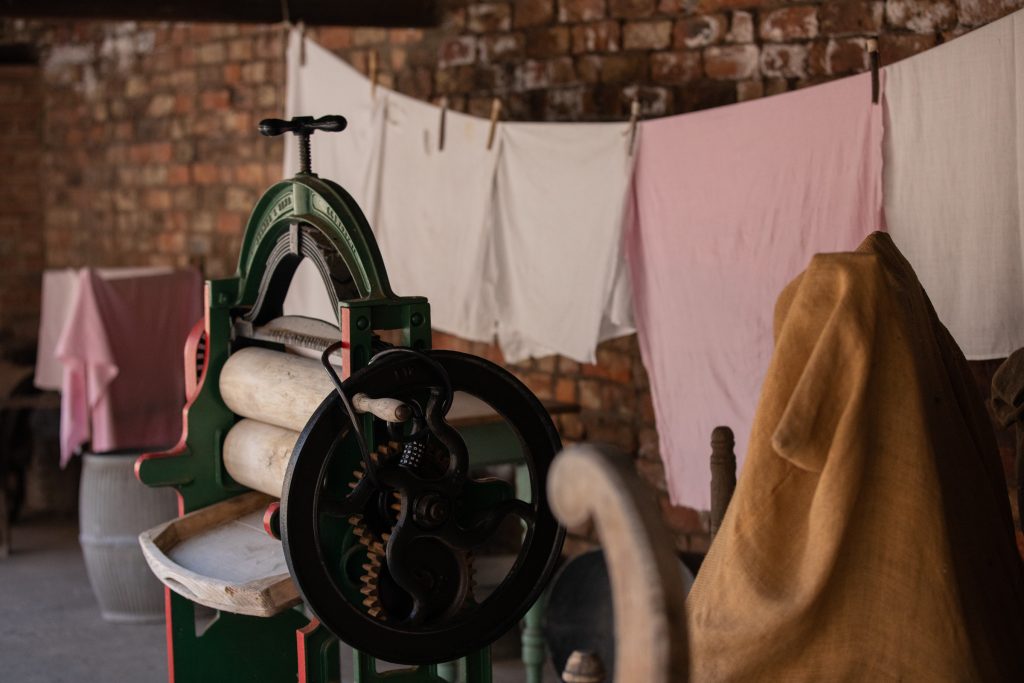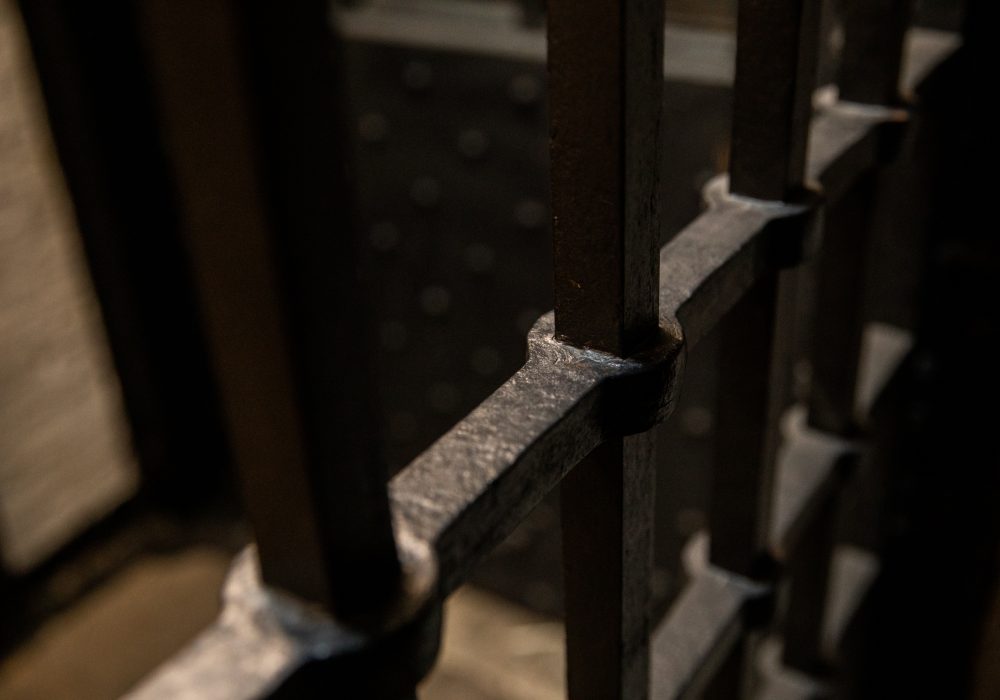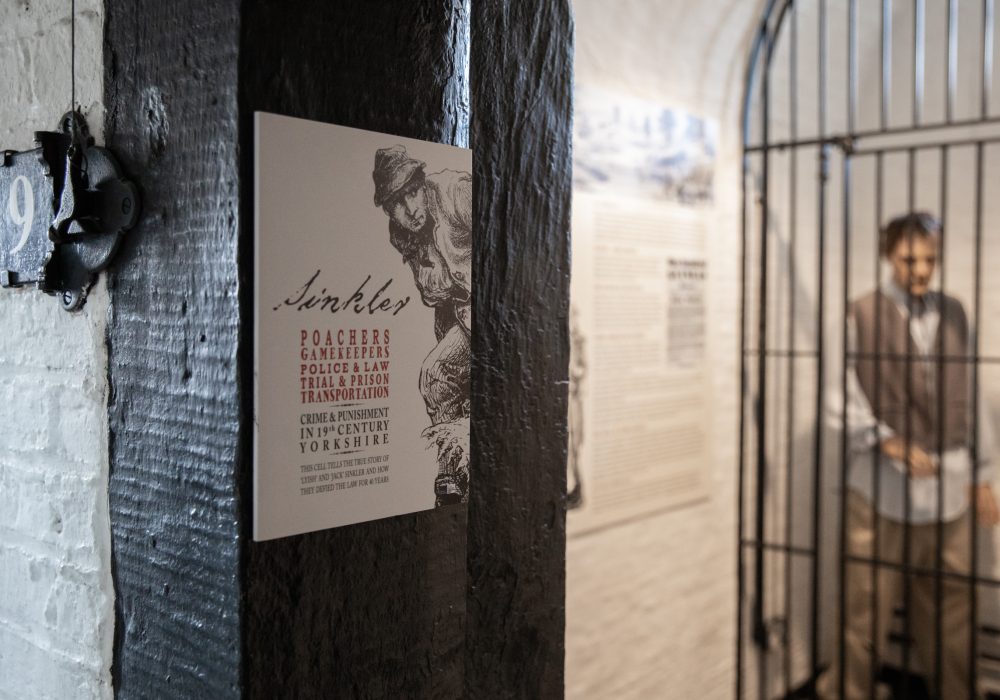Ripon Workhouse was home to many people over the decades, some who stayed for just a few days and others who lived there for years.
Once admitted to the workhouse, men and women lived separately, sleeping in separate dormitories and eating meals apart. Children were able to stay with their mothers until age seven.
Workhouse records are incomplete, but along with census information, we know the stories of some of the former residents of Ripon Workhouse, which were researched by our volunteers.
John Dowling (b.1870)
John Dowling was born in Ripon in 1870, and his mother, 21-year-old Margaret, died soon afterwards. He lived with his grandmother and her 18-year-old son, who were both born in Kilkenny, Ireland.
By the April 1881 census, John Dowling had been a resident in the Ripon Union Workhouse for a month. According to the census, his grandmother Margaret and her son were no longer in Ripon, but records suggest John had been living with his father’s second wife and her children, after Michael Dowling abandoned the family and was believed to have gone to America.
John’s stepmother received three shillings a week from Ripon Union to support the family. A local newspaper report from the time tells of a case at Ripon City Court, where 12-year-old John Dowling was charged with stealing two loaves of bread from a shop. Soon afterwards John went to live in the workhouse, presumably because his stepmother could not afford to maintain him.
Subsequent newspaper reports provide further information about John’s early life experiences. An article published in the Bradford Observer on 9 January 1882, entitled ‘An Unpromising Lad’, reveals that having been in the workhouse for about a month, John was sent to Shibden Industrial School, which had been founded in 1877 by John Lister (a later relative of Ann Lister, known as ‘Gentleman Jack’). The establishment was close to Shibden Hall in Halifax, and provided accommodation and training for Roman Catholic boys who had been detained by the courts. Mr Gosling, superintendent of the school, reported that John been responsible for 120 counts of misconduct including “a series of acts impossible to describe in decent language, and which filled the court with laughter and disgust”. At that time, John’s father had been seen in the area of the school evidently with the intention of taking John away, and this is thought to have partly accounted for John’s behaviour. John was sentenced to 14 days in prison with hard labour and thereafter, to be sent to a reformatory school.
There are further newspaper reports about John, who ultimately became a chimney sweeper, working on his ‘own account’. Given the evidence from his early life, this was a gratifying outcome for ‘an unpromising lad’.

More Than Oliver Twist
The Workhouse Museum took part in a Workhouse Network Project called More Than Oliver Twist, where our volunteers learned research skills that would enable them to uncover stories of former workhouse inmates. Some of these stories were used in a digital exhibition, which is available via Google Arts and Culture.
Rosanna Duffey (b. circa 1806, d. 1881)
Rosanna Casey married Robert Calder on 8 July 1822 in Ripon Cathedral. Robert had already had a brush with the law: he had been accused of theft and summoned to appear in court at Ayr with four other men, one of whom was his brother Joseph. The brothers failed to appear in court and as a consequence both were outlawed and came to England.
Robert had several more convictions, with a sentence of transportation commuted to time in prison. After returning to Ripon, he was arrested for burglary and sentenced to 14 years transportation; arrived in Sydney on 7 February 1831 after nearly six months at sea. Later that year, he managed to escape and return to England, where he reunited with Rosanna.
But he was caught and sentenced to death. However, Rosanna intervened on his behalf. A petition, undersigned by 77 residents of Ripon to support her case, stated that her husband held a respectable occupation as a weaver and had been falsely accused by his partner in crime.
On 21 April 1834, Robert Calder’s sentence was officially commuted to ‘transportation beyond the seas for the term of his natural life’.
When Robert left Yorkshire in 1834 to embark on his life sentence, Rosanna could have had no expectation of ever seeing him again. Although technically if she remarried she would be committing bigamy, the practice was not uncommon in Victorian England at a time when divorce was nigh impossible, especially for working class individuals. Common law ruled that a person could be presumed dead if they had not been heard of for seven years and an act of 1822 allowed men and women to remarry if they signed an affidavit that their spouse had died or had been absent for seven years.
In 1836, Rosanna Calder married John Duffey in Ripon Cathedral. Rosanna may well have earned a living from hawking for most of her working life for on the 1881 census she is listed as ‘formerly hawker, small ware’.
Some hawkers were licenced but many were not. Some were born to the occupation following in the footsteps of other members of the family, for others it might be a last resort, but for all it was a physically demanding and precarious living with long hours. It was also an occupation that demanded much travelling to find new markets and new outlets for the goods they had for sale.
Rosanna was admitted to Ripon Workhouse as a widow and spent the last five years of her life there. She died a twice married widow, a few months after the census of 1881, at the age of 75.
Kitson Denton (b.1862, d.1881)
In his short life, Kitson Denton worked as a factory boy, coal worker and general labourer. The fourth of seven children, he was already a factory worker at the age of nine.
In October 1880, the Ripon Union Application and Report Book describes Kitson as not being able-bodied through sickness and grants a medical order for him. The same Report Book describes him as destitute in December 1880 and he was admitted to Ripon Union Workhouse on 19 December 1880. He was assigned Class of Diet No 2, which would be usual for a young man.
However, he died in the workhouse in May of the following year. His death certificate gives the cause of death as Phthisis Pneumonalis, which is now called Tuberculosis, or TB. This is a bacterial infection spread through inhaling tiny droplets from the coughs or sneezes of an infected person. It is debilitating illness with a persistent cough, weight loss, fever, tiredness, loss of appetite and swellings in the neck. Kitson had just turned nineteen years old when he died, on 24 May 1881. Workhouse Discharge records document that his last meal was breakfast. Kitson was buried in Ripon on 26 May 1881, certified by his father.


